


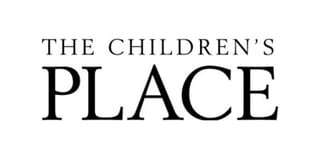

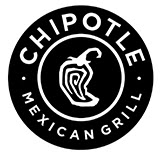


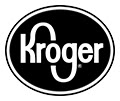






ICSC has been tracking the impact of digital sales on brick & mortar retail over the last several years, helping to combat fears that online retail would someday overtake physical stores. The organization released the latest update in this series recently, quantifying the impact of store openings and closings on overall retail sales; while highlighting Gen Z as perhaps the best ambassadors for the future of brick & mortar retail. A must read for all in our industry >>

Meanwhile, a recent report from CBRE on industrial real estate reveals a surprising fact: 34 of the biggest industrial leases signed in 2023 were by traditional retail & wholesale firms, far outpacing all other sectors last year, E-commerce retailers only signed 7 industrial leases, half of their 2022 total. Read More >>
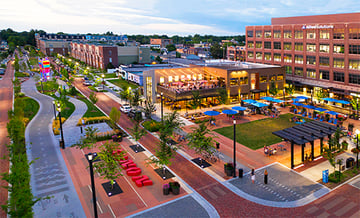
Video of the Month: Carmel, Indiana isn’t just the home to Big V’s newest asset, it has also received international recognition and praise in urban planning circles for being the “Best Designed Suburb” in the United States. How did Carmel earn this lofty reputation? Find out more in this video by Shortcut Documentaries >>

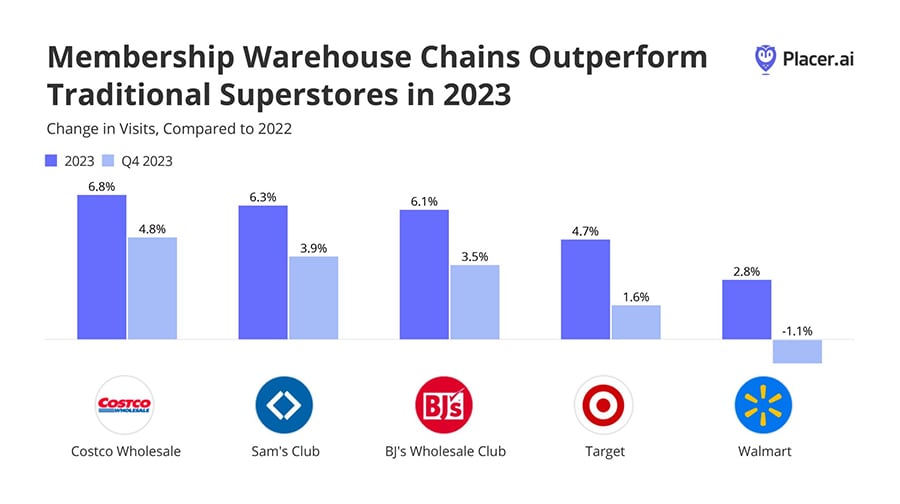

Headlines around population growth and geographic shifts tend to focus squarely on areas in places like Texas, Florida, and other regions within the Sun Belt. And for good reason, as the region accounted for 75% of all population growth in the U.S. over the last decade. However, not everyone moves to escape cold winters and hug palm trees. In fact, according to one recent study, over 80% of people that relocate stay in the same state they came from. Clearly, there are pockets of growth to be found just about anywhere you look in this country. In the Midwest, this has manifested itself in the remarkable success stories seen in a trio of state capitals: Columbus, Indianapolis, and Minneapolis-St. Paul, each of whom have been quietly flexing their economic muscles for the past few decades.
Columbus was once nicknamed “Cow Town” and had an image of being in the sleepy middle between Ohio’s “big cities”: Cleveland and Cincinnati. However, Columbus has been adding residents faster than anywhere else in the Midwest since the 1980s. Whereas Cleveland was the state’s largest city in 1950 (and the 6th largest in the country), Columbus now has over 900,000 residents and is nearly triple the size of Cleveland due to a dynamic economy that includes banking, fashion, tech, and logistics hubs.
The story is much the same up north in Minnesota. Minneapolis-St. Paul has the 3rd largest economy in the Midwest, anchored by the headquarters of major companies such as Target, US Bank, Best Buy, General Mills, 3M, Cargill, and more. In a recent ranking I did of the top 50 metro areas for retail investment, the Minneapolis region was the only Midwestern city to make the top 10. Its population growth has consistently been several hundred basis points higher than the country as a whole and its economic growth is 5X that of my sweet home Chicago.
Finally, we come to Indianapolis and once again we see a similar recipe for success. State capital? Check (plenty of stable, high paying government jobs). Major university? Check (IUPUI, with over 30,000 students). Corporate headquarters? Check (Eli Lilly, Simon Property Group, Corteva AgriScience, Elevance Health).
While these cities may provide economic opportunities for young professionals who want to stay close to home, it begs the question: will they ever be able to attract cross-state migrants like their Sun Belt counterparts? Over the next decade, the answer may increasingly be “yes”, as the Midwest’s low cost of living and relative insulation from the worst impacts of climate change have started to turn heads among some savvy home shoppers.
Carmel, a city of over 100,000 people just north of Indianapolis (and home to Big V’s latest acquisition – Merchants’ Square), was recently written up in the Wall Street Journal as “The Internet’s Favorite Small City” – with the article highlighting families who chose Carmel after being priced out of places such as Los Angeles and Austin. And while Carmel’s recent notoriety has given it a Gen Z cache, the growth here has been sustainable, with Carmel’s population quadrupling since 1990.
So, if you’re planning on joining us here in “flyover country” – be sure to dress in layers, brush up on your cornhole skills, and start calling your soda “pop”. And ope! Just a fair warning, we don’t know how to say goodbye.
Mike Jordan
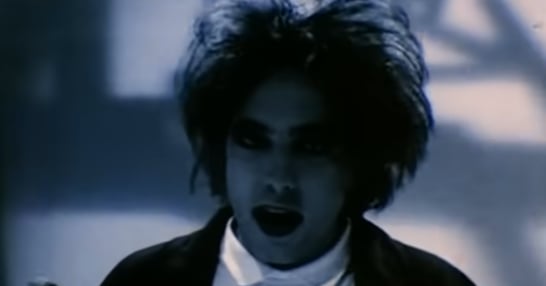 Listen to the Song of the Month
Listen to the Song of the MonthFebruary may be the shortest month, but it also can feel like a slog. The weather still tends towards the chilly and the sun sets too early. Some might call these the “In Between Days” and that vibe is captured with an effervescent beauty in this month’s musical selection: the deceptively upbeat, breezy 1985 single of the same name by The Cure. From their 6th studio album The Head on the Door. Listen Here >>
